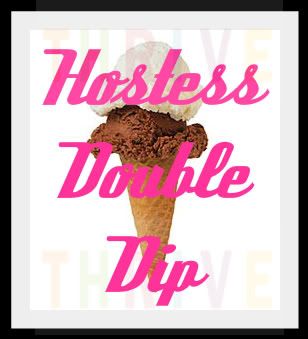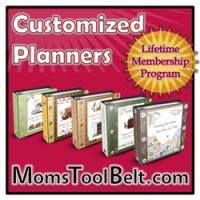You have likely seen 'BPA Free' stickers popping up on hard plastic bottles all over the place! Just what is this BPA? Why is it so dangerous?
What Is BPA?
Bisphenol A, commonly abbreviated as BPA, is an organic compound with two phenol functional groups. It is used to make polycarbonate plastic and epoxy resins, along with other applications.
Known to be estrogenic since the mid 1930s, concerns about the use of bisphenol A in consumer products were regularly reported in the news media in 2008 after several governments issued reports questioning its safety, prompting some retailers to remove products containing it from their shelves. A 2010 report from the United States Food and Drug Administration (FDA) raised further concerns regarding exposure of fetuses, infants and young children. In September 2010, Canada became the first country to declare BPA as a toxic substance.In the European Union and Canada, BPA use is banned in baby bottles.(Wikipedia)
Is BPA Toxic?
This is a subject of much debate. Since the FDA completed its original analysis in August, additional data on the potential health effects of BPA have emerged, linking high levels of BPA exposure to increased risk of heart disease and diabetes and even a decreased sensitivity to chemotherapy in cancer patients. The compound is also linked to developmental and brain effects in infants; BPA is known to mimic the hormone estrogen in the body, which can cause changes in developing fetuses and infants. "There is enough evidence today for the FDA to take the precaution and to certainly get BPA out of infant products," says Urvashi Rangan, senior scientist and policy analyst at Consumers Union. "Even more, consumers should not be ingesting this substance while the science is being figured out."(Time Magazine)
A 2008 draft report by the U.S. National Toxicology Program (NTP) concluded that “there is some concern for neural and behavioral effects in fetuses, infants, and children at current human exposures,” and that there is “some concern for bisphenol A exposure in these populations based on effects in the prostate gland, mammary gland, and an earlier age for puberty in females.”
BPA is also known to have a negative effect on the environment.
In general, studies have shown that BPA can affect growth, reproduction and development in aquatic organisms. Among freshwater organisms, fish appear to be the most sensitive species. Evidence of endocrine-related effects in fish, aquatic invertebrates, amphibians and reptiles has been reported at environmentally relevant exposure levels lower than those required for acute toxicity. There is a widespread variation in reported values for endocrine-related effects, but many fall in the range of 1μg/L to 1 mg/L.(Wikipedia)
In Conclusion, The jury may still be officially 'out' on BPA, but it is something we should all be mindful of.
Where do we find BPA?
BPA is hiding everywhere. It is in water bottles, milk jugs, ling of cans of baby formula, lining of many cans and many other places. Heat causes BPA to leach at up to 50% more quickly. This means, do NOT heat or reheat your foods in plastic containers. Do NOT leave water bottles in the sun. When in doubt do not reuse plastics or cans.
One easy way to identify BPA is by the recycle code on the bottom of most plastics.
In general, plastics that are marked with recycle codes 1, 2, 4, 5, and 6 are very unlikely to contain BPA. Some, but not all, plastics that are marked with recycle codes 3 or 7 may be made with BPA.
Thrive & BPA
You can feel safe feeding your family foods from Thrive and Shelf Reliance. All Thrive cans and pouches are BPA FREE!! Our specially lined cans are durable, safe, and add to Thrive foods long shelf life. Best of all, with Thrive foods, you don't have to worry about dangerous, toxic substances such as BPA leaching into your families food.
Many baby food containers contain BPA. With Thrive foods you can quickly make healthy baby food in minutes! Just rehydrate your chosen foods and puree! No need to boil or steam! You can then freeze your homemade baby food eliminating your baby's exposure to BPA.
How many toxic and dangerous chemicals is your family being exposed to on a daily basis? Are you or your family suffering from any health problems as a result of these toxic chemicals and compounds? What can you do today or change tomorrow to limit your family's exposure to toxins such as BPA?
It's easy to keep up with the great sales and recipes! Just subscribe to stay up to date!












 .
.













